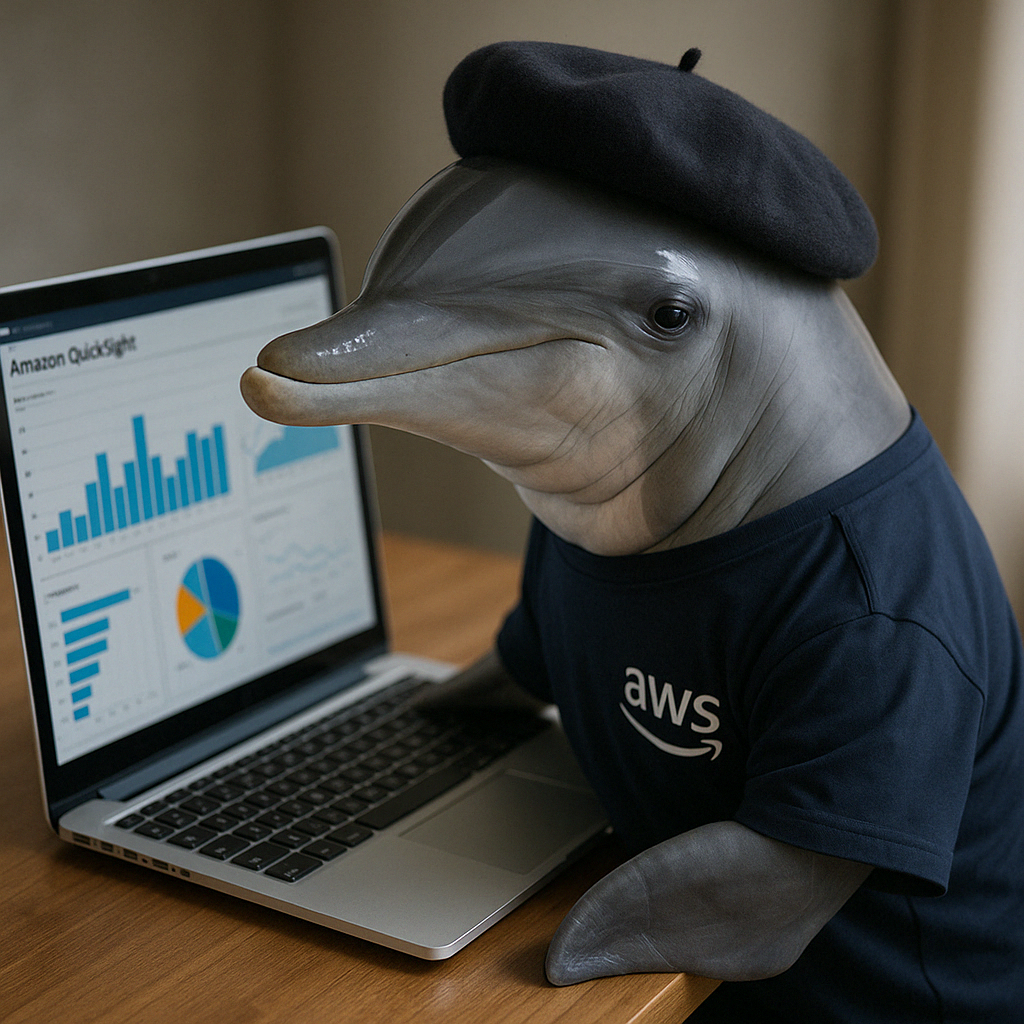
Cloud-Native Application Development on AWS
Design and build your software for the cloud and ensure an efficient, scalable, and reliable application

Get Your Applications Launched and Scaling
Modern software applications are cloud-native, can serve millions of users globally, and handle incredible amounts of data with near-instant latency. With Mission Cloud’s cloud application development services, our experts helps your development teams by supplementing your skill gaps with unfamiliar technologies, improving your application performance, and accelerating your time-to-market.
AWS Expertise to Develop Your Cloud-Native Applications
Certified AWS Expertise
Our AWS-certified solutions architects and engineers help you leverage AWS native services with your front-end and back-end codebases to make scalable applications for any device.
Access to Highly Skilled Talent
Build for a fraction of the cost of hiring an in-house team. Work with language-agnostic software engineers who’ve spearheaded initiatives like yours and know the AWS ecosystem.
Design & Build Intelligently
We help teams work smarter, faster, and more efficiently to modernize their applications and increase their reliability and performance, and optimize the costs associated with them.
Accelerate Innovation
Our agile delivery model and efficient development processes help you get to market faster and have been honed over years of delivering best-in-class applications.
AWS Modern Cloud Application Development Services With Mission Cloud
Whether you’re a startup or an established enterprise, Mission Cloud develops software applications of all sizes and complexities.
-
Modernization and Refactoring
Upgrading your aging code fixes performance and reliability issues. Whether it’s breaking your monolith into microservices, moving to a serverless architecture, or refactoring with modern front-end frameworks, Mission Cloud can help.
-
Greenfield Development
Starting with just an idea? Have a new initiative that needs help? Our team handles software development end-to-end, from UI/UX design, database and backend architectures to QA, DevOps, performance tuning, cost controls, and 3rd party API integrations.
Capabilities
-
Strategic Software Consulting
-
User Experience & User Interface Design
-
Greenfield Application Development
-
Mobile Application Development
-
Enterprise Application Development
Featured Skills
Front-End
-
Javascript
-
Typescript
-
React
-
HTML
-
Tailwind
Back-End
-
Node
-
PHP
-
Laravel
-
SQL, NoSQL, Postgres
-
AWS CDK
- Docker
Native & Mobile
-
React Native
-
Expo
-
C#
-
.NET
- Swift / Objective-C (iOS)
-
Java / Kotlin (Android)
“I would absolutely recommend Mission Cloud based on their remarkable responsiveness, creativity, forethought, and the seamlessness working together with us and our frontend development firm, KiwiTech. Building Hi There Solutions continues to be an exciting journey, and we’re thrilled to have Mission Cloud as our partner."
If I’ve already got a development team, how would Mission work with them on our application?
While we do suggest best practices for making an engagement successful, a big part of our business is listening in partnership. “What do you need or what’s outside your core competencies? How do you do your best work? Where do you think we can make the biggest impact?” These are the sorts of questions we’ll ask at the outset to develop the right framework for your project and your teams. We have several engagement models which are highly flexible and adaptable, so we can find a way of working that best matches your needs and goals.
Our performance has been lagging—how do I know if I’m using the right tech stack?
While there’s no such thing as “the right stack,” there are technologies that may be better suited to your AWS back-end or design choices that can help you accelerate with what you’re already using. Web development moves fast, adopting what’s new often has risks and tradeoffs, and endless refactoring won’t help you execute on objectives—but we can develop a strategy that correctly weighs each of these concerns so that you reach your performance aims while minimizing disruption to your development progress.
When is the right time to pay down technical debt and move to a cloud-native approach? How do you transition without compromising feature delivery?
You should consider transitioning when maintaining current systems hinders your scalability, agility, or introduces significant operational costs—and ideally start planning a transition prior to one of these becoming detrimental to your business. To transition well, assess and prioritize your technical debt. For most situations, we recommend a phased transition:
1) Start with non-critical services to minimize risk.
2) When possible, use a microservices architecture and allow for incremental migration.
3) Continuously integrate and deploy to test regularly.
4) Keep teams informed and review regularly to ensure your migration pace aligns with feature delivery demands.
What are the benefits of a cloud-native application architecture?
It lets you expedite development and enhance your application quality. A cloud-native approach allows for rapid adaptability of your applications by letting your release cadence to be as fast as you want without creating disruption for users. So cloud-native application development lets you concentrate on business value, not infrastructure setup. It’s also more cost efficient as you're billed only for the actual resources used, adjusting for demand spikes without maintaining idle resources.
What can I do to secure my applications?
To secure your application, consider doing the following:
1) Implement IAM policies to control user and system access.
2) Regularly update and patch all components.
3) If you’re using containers, employ security practices like image scanning.
4) Use end-to-end encryption for data in transit and at rest.
5) Apply a zero-trust network model, ensuring every access request is validated, and use VPCs to segment the sensitive parts of your application appropriately.
6) Set up monitoring and logging for real-time threat detection.
7) Establish incident response protocols. All of these are achievable with AWS native services but may require some additional thought when architecting an application.
Isn’t cloud native just about running your applications on the cloud?
This is a common misconception that undersells the value and the strategic thinking involved in developing in a truly cloud-native way. In reality, a cloud-native approach is holistic, encompassing architecture, design, and even culture shifts. First, understand that cloud-native isn't merely a lift-and-shift of existing applications to the cloud. It’s about adopting native services to transform performance and cost, like serverless, and correctly structuring for microservices, containerization, and continuous delivery practices. And because it emphasizes scalability, resilience, and rapid iteration, you may also need to transition your development culture to make the most of your new cloud-native capabilities.

Get in touch
Modernize Your Data Infrastructure With Mission Cloud
Our cloud advisor team can walk you through the modernization process and answer any questions you might have regarding your project. Schedule a free consultation call today to learn how modernization can accelerate your business.




